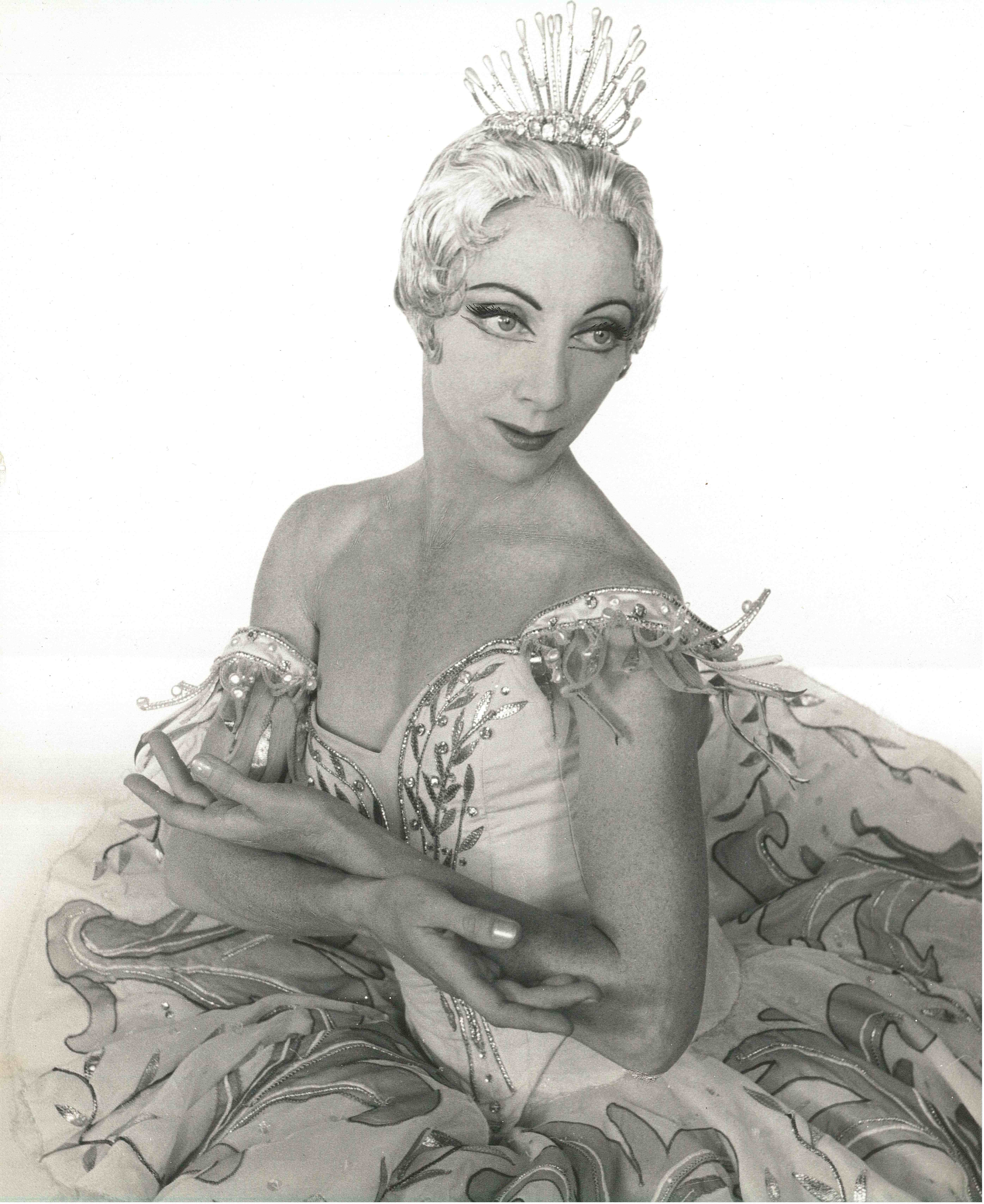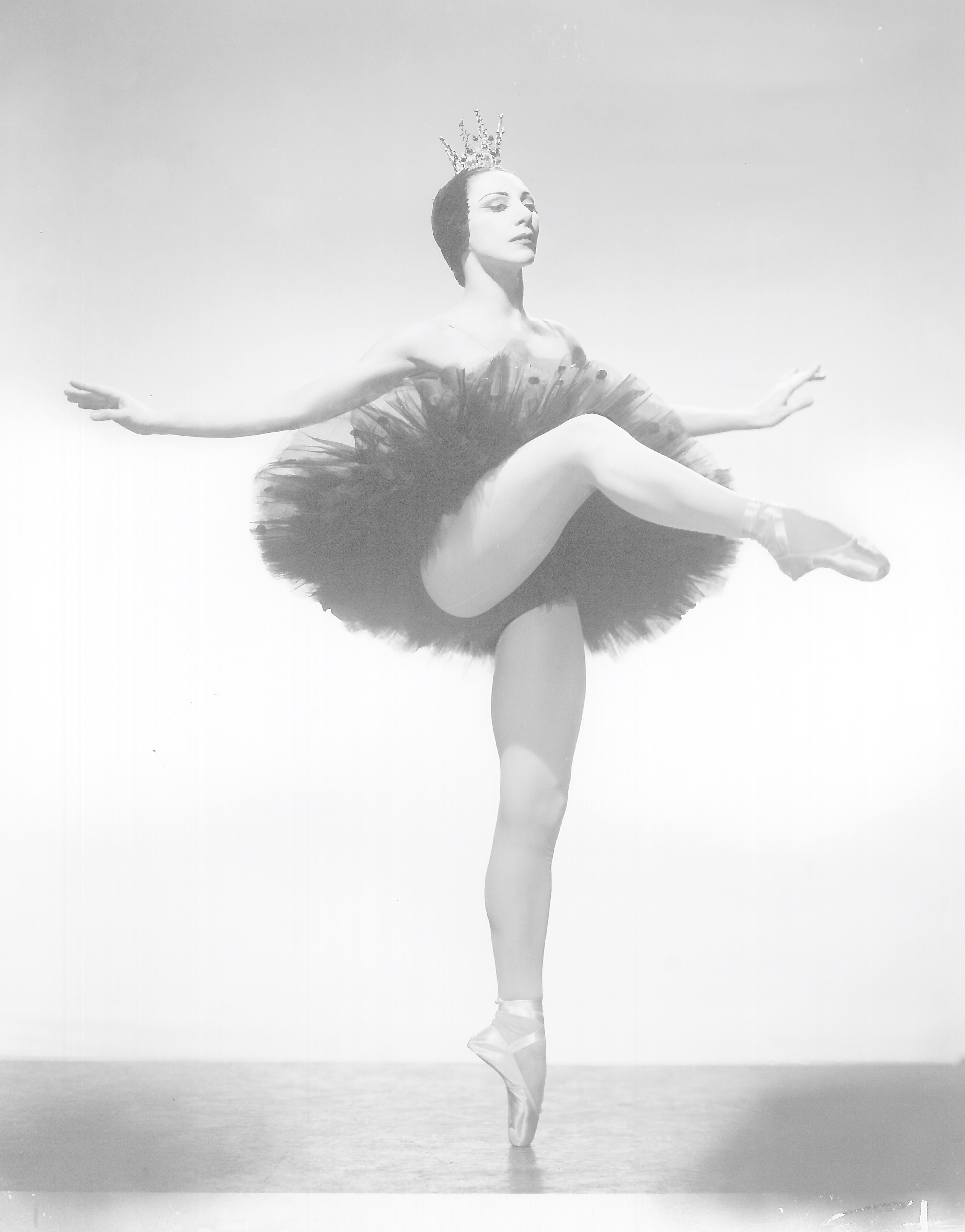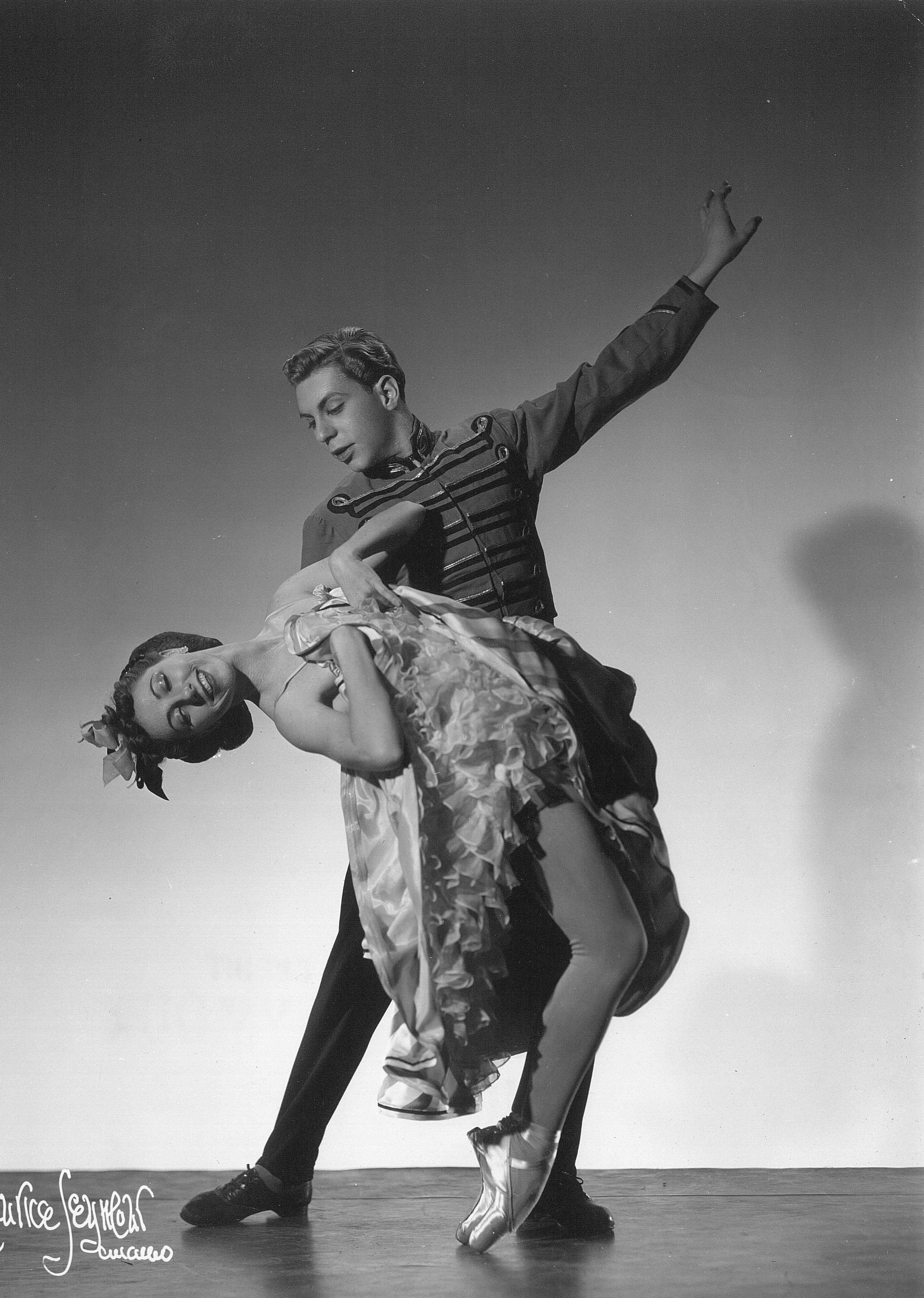Madame Rosella Hightower
Rosella Hightower was the first American female dancer to make it to the top on European stages. She was considered as one of the greatest dancers of her time.
In 1938, teenage Rosella disembarked in Europe to join Léonide Massine who had promised her a position at the Ballets Russes in Monte-Carlo. Coming from a modest background, she was able to secure her journey through the generosity of a few ladies from Kansas city who thus contributed to afford her an opportunity. She passed the audition successfully.
By 1941, her career was unfolding. The American Ballet Theatre, which had just been founded in the United States, hired her as a soloist. Her name soon appeared in the casts of ABT’s main ballets, alongside other young talents such as Nora Kaye, Jerome Robbins or Alicia Alonso.


She was offered her first leading role at the Metropolitan Opera in New York city to replace Alicia Markova on the spot as Giselle – Rosella’s favourite part. True to her audacity, she went on stage after only a few hours of rehearsal. And her gamble paid off ! She instantly made a name for herself.
In 1946, the principal roles in Constantia and Sebastian were created for her in New York at the Original Ballet Russe company where famous patron Marquis de Cuevas was one of the facilitators. The Marquis revealed her to Europe at the inauguration of the New Ballet of Monte-Carlo.
On her first appearance in Paris in 1947, Rosella Hightower caused a sensation. She floated on stage, as though elevated by a sort of sensual exhilaration, rid of constraints, even in her most prodigious and skillful achievements. Her relaxed virtuosity and dynamism intoxicated the public.
Rosella worked alongside Marquis de Cuevas for 15 years. He ran a company where she was the undisputed queen. Despite her wandering life and supernatural effort, she never failed to be passionate about everything around her.
Engrossed in movement rather than lines, she would vibrate and shiver, even in stillness. The Oklahoma-born young lady of Native American heritage ignored affected sentimentality. She showcased expansive dance movements, designing audacious curves, often disregarding fussiness in detail. She brought witty humour to her dance, as though mocking her own dance prowess – her perfect balance and dazzling pirouettes.
In 1961, she founded the International Dance Centre with dedicated collaborators Arlette Castanier, Claudie Winzer and José Ferran. The place revolutionised the sheer approach to dance education. Her husband, Jean Robier, took on the role of costume and set designer for all the school’s productions. Monet Robier, their daughter, began her training at the centre at the tender age of 6. She later became a soloist at Maurice Béjart’s Ballet du Vingtième Siècle in Brussels, and went on to lead a rich and successful career as a dance performer. She dedicated the rest of her life to the training of many professionals in Cannes and worldwide.
In only a few years, the centre became one of the top ten dance schools in the world, nurturing a constellation of world-renowned artists.








